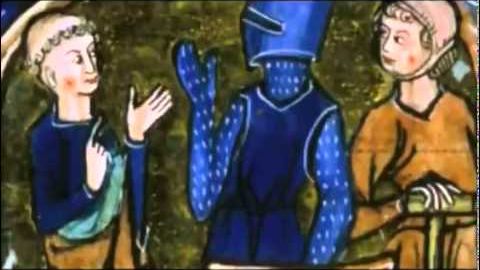
Subtitles & vocabulary
Video vocabulary
need
US /nid/
・
UK /ni:d/
- Transitive Verb
- To be unable to manage without something; require
- Noun (Countable/Uncountable)
- Thing you must have and cannot not have e.g. air
- Thing you must have and cannot manage without
A1TOEIC
More plant
US /plænt/
・
UK /plɑ:nt/
- Noun (Countable/Uncountable)
- Factory or a place where things are made
- Living thing with leaves and roots growing in soil
- Transitive Verb
- To firmly position something (in the ground)
- To put seeds, flowers, trees in the ground
A2TOEIC
More train
US /tren/
・
UK /treɪn/
- Countable Noun
- Line of people, animals moving the same direction
- Vehicle that carries people and runs on rails
- Transitive Verb
- To teach a pet a behavior or a trick
- To educate someone in something, e.g. medicine
A1
More Use Energy
Unlock All Vocabulary
Unlock pronunciation, explanations, and filters
